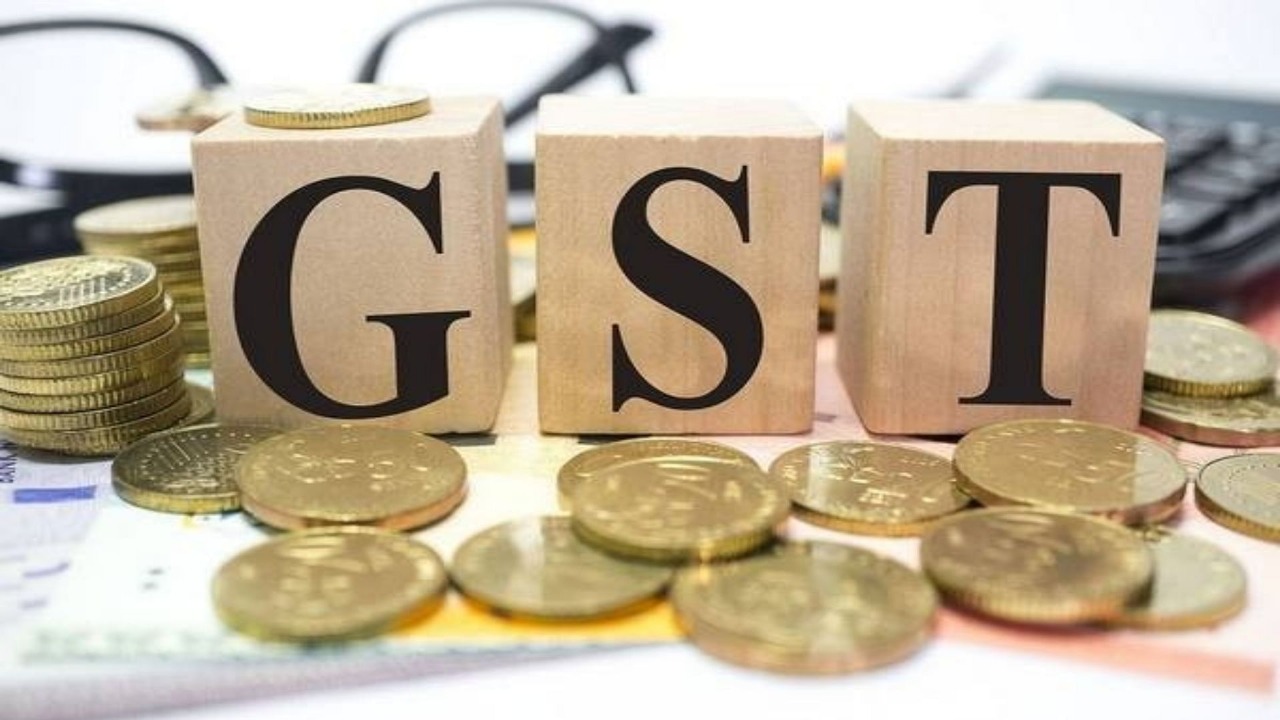India’s Goods and Services Tax (GST) regime has completed eight years since its historic rollout on July 1, 2017. Widely regarded as one of the most transformative economic reforms in post-Independence India, GST has now entered its eighth year with record-breaking collections, a significantly expanded taxpayer base, and growing public endorsement.
Here’s a comprehensive look at the key achievements, structural evolution, and public sentiment surrounding GST as it enters a new phase of maturity.
Key Milestones and Fiscal Performance
- Gross GST collections reached an all-time high of Rs 22.08 lakh crore in FY2024–25, reflecting a 9.4 percent year-on-year growth
- Average monthly collections stood at Rs 1.84 lakh crore, up from Rs 1.68 lakh crore in FY24 and Rs 1.51 lakh crore in FY22
- Since FY2020–21, when collections were Rs 11.37 lakh crore, GST revenues have nearly doubled in five years
- The number of registered taxpayers has surged from 65 lakh in 2017 to over 1.51 crore in 2025
Public Sentiment and Compliance Trends
- A Deloitte survey found that 85 percent of taxpayers reported a positive experience with GST, citing improved transparency and ease of compliance
- This marks the fourth consecutive year of rising satisfaction, with businesses appreciating the simplified tax structure and reduced cascading effect
- GST has helped households save up to 4 percent on monthly expenses by lowering tax rates on essentials like cereals, edible oils, and snacks
Structural Reforms and Digital Backbone
- GST subsumed 17 local taxes and 13 cesses into a unified five-tier structure, streamlining indirect taxation across states
- The system operates on a dual model with Central GST (CGST), State GST (SGST), and Integrated GST (IGST) for interstate trade
- E-invoicing, real-time input tax credit reconciliation, and a robust GST portal have enhanced compliance and reduced tax evasion
- Transport and logistics efficiency has improved significantly, with average freight times reduced by over 33 percent due to the removal of state border checkpoints
Challenges and the Road Ahead
- While GST has brought consistency, small and mid-sized enterprises continue to seek further simplification and faster refund processing
- The Compensation Cess, originally a temporary measure, has been extended until March 2026 to support state revenues
- Industry stakeholders are calling for harmonised implementation across states and greater clarity in classification and rate structures
As GST enters its eighth year, it stands as a cornerstone of India’s fiscal architecture—driving formalisation, boosting revenue, and simplifying business operations. With continued refinements and stakeholder engagement, GST is poised to evolve into an even more efficient and inclusive tax system.
Sources: The Hans India, Business Standard, Press Information Bureau, June 30, 2025

